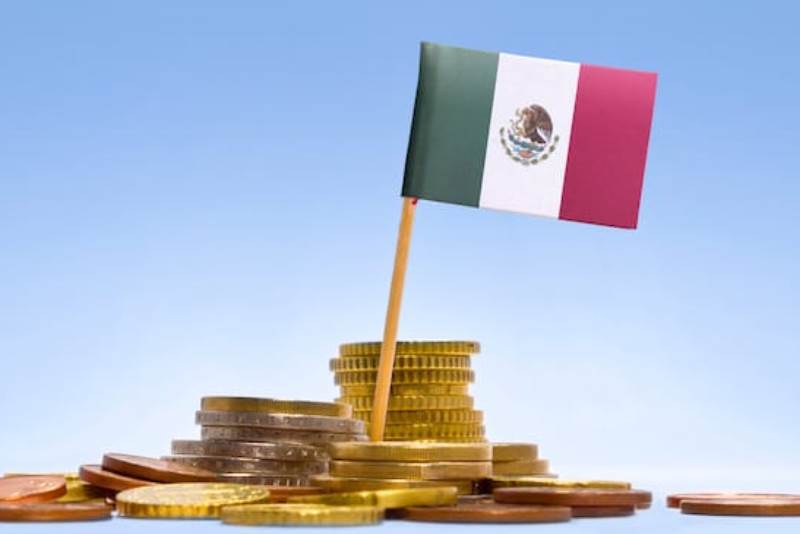U.S. Credit Rating Shifts to Negative

The U.S. Credit Rating has shifted from stable to negative, raising doubts about the fiscal strength of the country.
Moody’s Investors Service, the financial criterion definer, has now put the credit rating of the United States under scrutiny and criticism.
Without effective fiscal policy measures to reduce public spending or increase revenues, Moody’s expects U.S. fiscal deficits to remain very large.
This would be the primary criterion, significantly weakening debt affordability and consequently affecting the U.S. credit rating.
Moody’s confirmed the issuer ratings for long-term and senior unsecured debt at Aaa. The affirmation ratings reflect Moody’s opinion that the formidable credit strengths of the United States continue to preserve the sovereign credit profile.
The ongoing political polarization within the U.S. Congress increases the risk that successive governments may not reach a consensus on a fiscal plan to curb the declining debt affordability, warned the firm.
In a statement, White House press secretary Karine Jean-Pierre said that the change in outlook was a “consequence of the extremism and Republican dysfunction in Congress.“
Regarding the U.S. credit rating: ¿Any doubts?
Meanwhile, Treasury Undersecretary Wally Adeyemo rejected the change in outlook and stated, “The U.S. economy remains strong, and Treasury securities are the world’s premier safe and liquid asset.”
Moody’s had previously hinted at a possible downgrade, stating in a September report that while “debt service payments would not be affected, and a short-term shutdown would be unlikely to disrupt the economy, it would underscore the weakness of U.S. institutions and governance.”
Fitch Ratings has the U.S. sovereign rating at AA+, one notch below its highest mark.
Despite Moody’s downgrading the U.S. government rating in August after the latest debt ceiling battle, S&P Ratings assigns a rating of AA+ to the U.S., also just below its highest rating.
This came after stripping the U.S. of its top rating in 2011, immediately following a previous debt ceiling crisis.
The government’s credit plans have received particular attention after the Treasury announced it would borrow $112 billion in quarterly refunds and said it expects a further step in the quarterly issuance of longer-term debt.
The United States also faces a government shutdown on November 18 if Congress fails to reach an agreement to pass spending bills.
All these elements detract from economic strength, leading to the U.S. credit rating being lower than expected.
Also read: Diageo Stocks Fell on November 10th.






